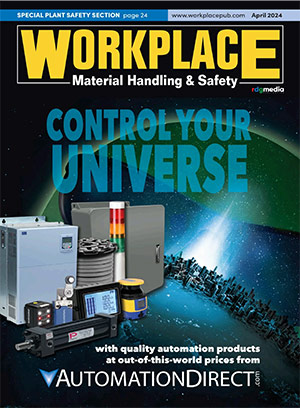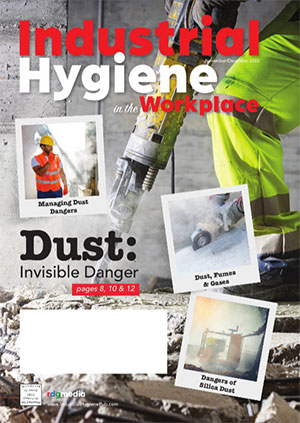MedAir 2200 Compressed Airline Monitor
 Dew point is defined as the temperature to which a gas (e.g., air) must be cooled, at constant pressure, for water vapor to begin to condense to liquid water. In other words, when the dew point temperature has been reached, the gas is fully saturated with water vapor. Monitoring the dew point in compressed air lines is critical in medical and hospital air systems, because of the possible risk for the growth of microorganisms. Risks associated with letting dew point levels go unchecked in medical air/gas systems is the possible formation of bacterial growth in water droplets containing legionella germs. This can cause serious and often deadly lung infections. Also, when moisture levels are too high, water in medical air systems can shut down patient ventilators and may cause serious physiological harm.
Dew point is defined as the temperature to which a gas (e.g., air) must be cooled, at constant pressure, for water vapor to begin to condense to liquid water. In other words, when the dew point temperature has been reached, the gas is fully saturated with water vapor. Monitoring the dew point in compressed air lines is critical in medical and hospital air systems, because of the possible risk for the growth of microorganisms. Risks associated with letting dew point levels go unchecked in medical air/gas systems is the possible formation of bacterial growth in water droplets containing legionella germs. This can cause serious and often deadly lung infections. Also, when moisture levels are too high, water in medical air systems can shut down patient ventilators and may cause serious physiological harm.
Medical air-quality monitoring requirements in the NFPA 99 Standard Medical Air System Guidelines require dew point and carbon monoxide monitoring of medical air. ENMET’s MedAir 2200 compressed air line monitor is designed specifically to help hospitals and medical facilities meet NFPA 99 Medical Air Systems Guidelines and OSHA monitoring requirements for Grade D breathing air. The instrument is UL and CSA certified and is capable of continuously monitoring up to four gases including dew point, carbon monoxide, oxygen deficiency and carbon dioxide. Whether it is replacing existing medical air-monitoring equipment or designing a new facility, consider including ENMET’s MedAir 2200 as part of your medical air-quality monitoring system to meet NFPA 99 Standards for Medical Air Systems and OSHA Grade D breathing air requirements. Contact our ENMET Sales Team today for more information.
ENMET’s Trade Show Schedule 2018:
May 15-16: TCEQ (Texas Commission on Environmental Quality), Austin, TX
June 25-28: A&WMA (Air & Waste Management Association Annual Conference & Exhibition), Hartford, CT
September 17-19: Best Practices Expo, Chicago, IL
October 3-4: MGPHO (Medical Gas Professional Healthcare Organization), Atlanta, GA



